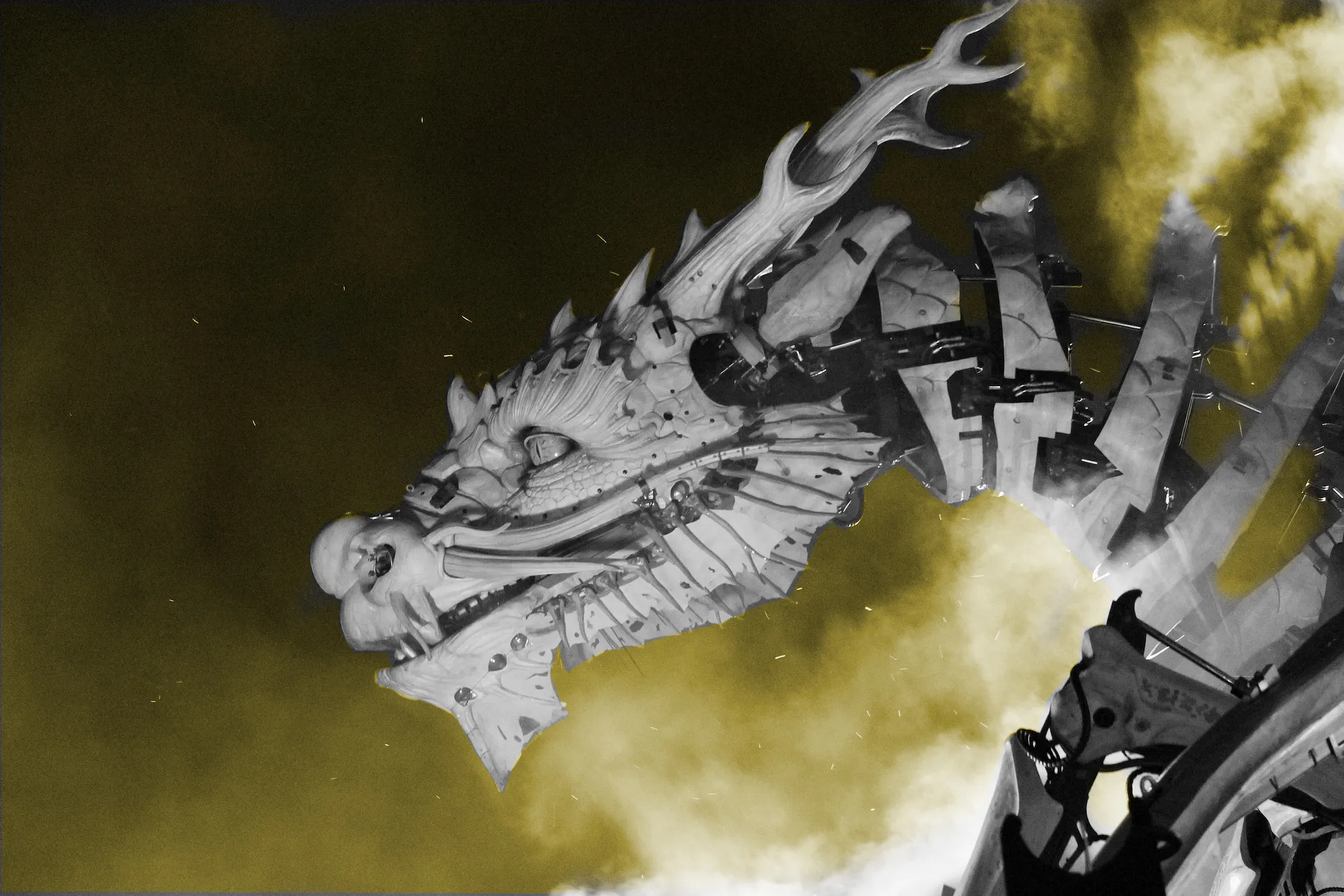We’ve talked with more than 20 amazingly talented Snapchat Lens Creators over the last few months, and while they’ve been unanimously excited about the potential of creating Lenses with custom machine learning models, there remains an recurring caveat attached to the end of that sentiment—when I can get a grasp of the ML side of things.
Machine learning is tough—especially when you don’t have much in the way of knowledge or previous experience. And the same thing (so far) goes for working with ML in Lens Studio.
Continue reading “Machine Learning Primer for Snapchat Lens Creators”





